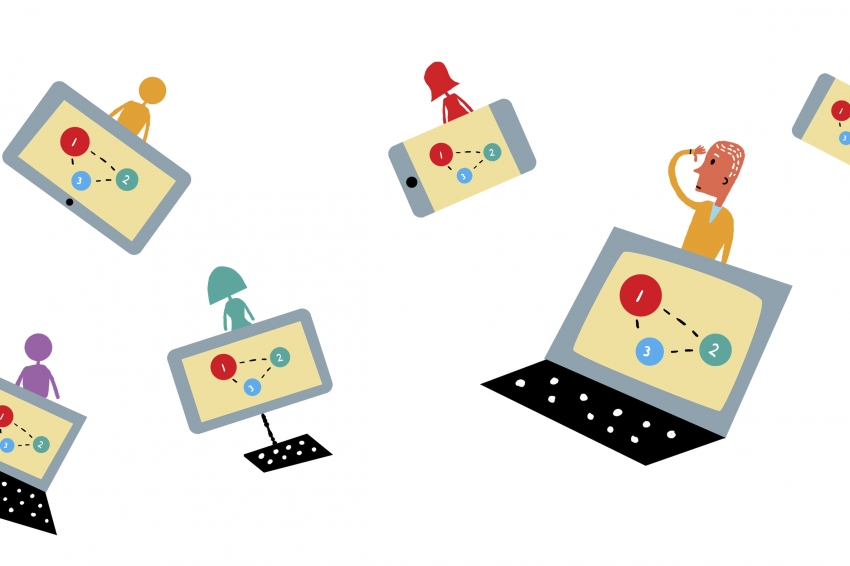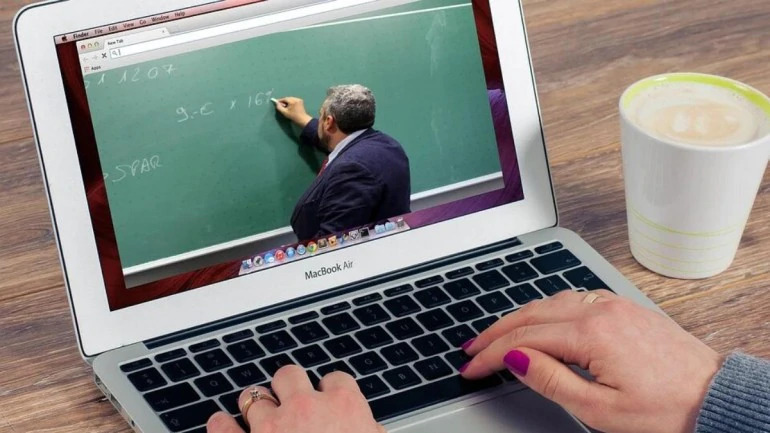Tips for Planning Virtual Learning Sessions
6 Steps for Planning Virtual Learning Sessions
Around the globe, instructors have moved their homerooms online with an end goal to guarantee social separating. As I find my educator companions, I tune in as they enlighten me concerning the manners by which they’re expecting to change in accordance with not having a physical study hall or studio. They express their interests in educating remotely and we hypothesize to what extent this will go on. With every discussion, I am astonished by their flexibility and devotion to ace their remote showing aptitudes so rapidly. Albeit most have just been tossed in the profound finish of separation training, I’d prefer to share a few hints from my 15+ long stretches of remote joint effort experience that will ideally help instructors driving their virtual study halls.
PLAN YOUR LESSON
- Plan as if you were in your classroom. Have an objective, format or structure, map out timing, and allocate time for student participation.
- Schedule virtual breaks to allow students to chat, use the bathroom, and share feedback about how this new format is going for them.
- Don’t ditch your regular classroom foundation!
PROVIDE AGENDA IN YOUR LESSON INVITE
- Send your students a calendar invites for your virtual lesson with the basics: date, time, details and joining instructions.
- State your expectations clearly. If students need to download any lesson materials, access online resources, or complete preparation work prior to the lesson, make sure this is clearly stated with instructions and set deadlines before the lesson.
- Establish video etiquette guidelines. Basic ground rules such as, staying on mute if not speaking, how to ask questions via the live chat or virtual hand raising, and whether or not students are expected to have their video turned on greatly influence the flow to your lessons.
- Don’t fuss over getting every little detail perfect on the first go. Remember that many of us are new to this and you may forget to include somethings. Note these and improve.
PERFECTING YOUR REMOTE SETUP
- Make sure that you have adequate lighting. It’s best to keep light as natural as you can by setting up your workspace near a window or using a lamp in front of your face. If possible, don’t position your desk with windows or lights behind you to avoid Dracula images.
- Decide whether you’ll be teaching standing or sitting. This will be determined by your teaching style and subject. Then, design your virtual classroom accordingly.
- Make sure you have all your class materials nearby, so you don’t have to get up or move offscreen.
- Don’t have anything visible in your background that might be distracting to your students.
MASTER YOUR TECHNOLOGY
- If you can, plug your laptop directly into your ethernet over-relying on Wi-Fi. I know it’s old school, but it really is faster and more reliable.
- Do a deep dive into getting to know your meeting technology (aka your VaaS provider). Make use of plenty of online tutorials for how to use platforms like Zoom and Microsoft Teams.
- Using a high-quality headset with noise cancellation for the near and far end vastly improves your focus during lessons.
Make sure you have the contact information for technical support handy if available. - Download the meeting application ahead of time or have it ready to go in your browser.
DO TEST CALLS
- Check privacy settings to allow access for your mic/camera.
- Do test video calls with other teachers to get familiar with distance learning.
- If your lesson includes props or demonstrations, practice these first to make sure that the far end can see and understand what you are presenting.
- Record your test calls and it playback to see how it looks remotely and tweak as needed.
- Don’t forget there will always be unforeseen variables such as, sunny vs. rainy days affecting lighting or, pets and/or children getting rowdy in the background. Although these things can be unavoidable, you can try to prepare.
LIVE VIRTUAL LESSONS
- Close any applications on your laptop that you’re not using in your lesson. Anything that’s open may be visible when sharing content.
- Get on the call five minutes early. On some platforms, no one can join the meeting until the host has started the call. Starting early also allows for a bit of small talk before the lesson.
- Look at the camera so that you make eye contact with your audience at the far end.
- Teach as if you are in the same room. Chat with the students, explain clearly, repeat if necessary, and run through instructions.
Encourage interaction to keep students’ attention. - Allot time for independent work (while still connected) to answer a prompt or practice a technique, just as if you would in the classroom.
We’d love To Meet You In Person Or Via The Web!
Main Office: Suite M-01, 512, 3rd Street, Abu Dhabi, UAE
Phone: + 971 2 6767019
WhatsApp: + 971 55 3979668
Email: web@OfficePlusUAE.com







